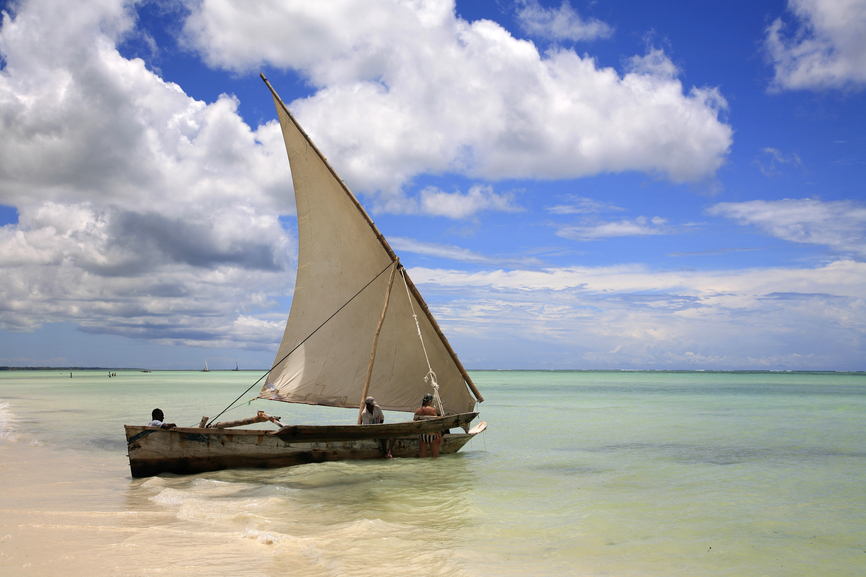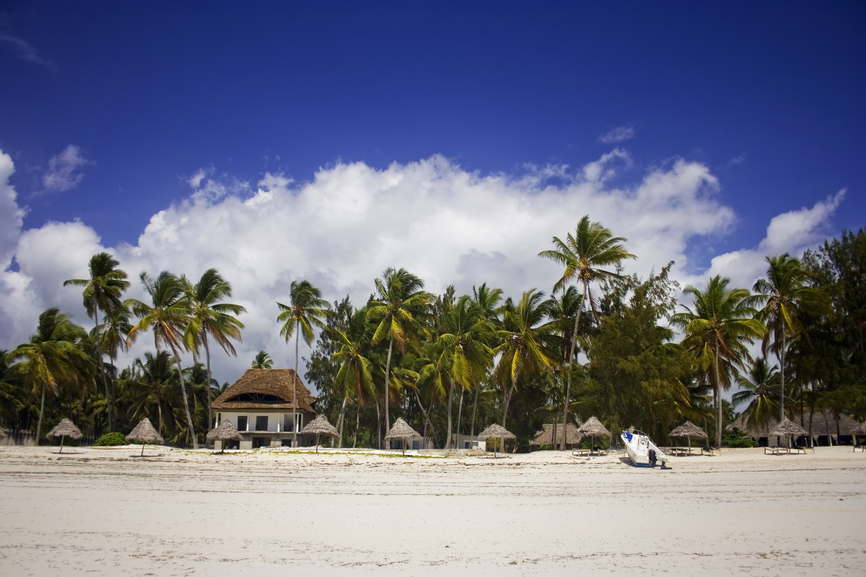Vesa, OH1KR will be active from Zanzibar Island (IOTA AF-032) until 23 November 2014 as 5H1KR.
He will operate on HF bands.
QSL via home call direct, LOTW.
The amazing spice island of Zanzibar
In east African region has got some pretty awesome places and Zanzibar is one of them. It is actually a semi-autonomous part of the country called Tanzania. It is within the IndianOcean and comprises of the Zanzibar archipelago. It is some kilometers off the mainland and has many small islands and some two larger ones, namely:
- Unguja
- Pemba
Zanzibar city is the area capital. City and it lies in UngujaIsland. Stone town is the most significant historic center and it is also one of the most notable world heritage sites. It is an island that has many industries that include tourism, raffia and spices. Spices are the most popular in this area hence the term, Spice Island. Endemic species in the area include the Zanzibar leopard, Zanzibar servaline genet and the Zanzibar red colobus monkey. Zanzibar has been inhabited for some 20,000 years in the least.
The geographical aspects in Zanzibar
Zanzibar is one of the many islands that are located within the IndianOcean. It is within the Swahili coast next to Tanzania. One of the two larger islands, Unguja, is 5.72 degrees to the south, 39.30 degrees to the east while its southern part is 6.48 degrees to the south and 39.51 degrees to the east. A channel separates the island from the mainland. It is 85 kilometers long and some 39 kilometers wide. It is a low lying island, its highest point standing at 120 meters. The sandy beaches and the beautiful coral reefs are the most outstanding things about this island. The marine biodiversity found here is simply incredible.
Pemba Island is 4.87 degrees to the south, 39.68 degrees to the east while the southern point is 5.47 degrees to the south and some 39.72 degrees to the east. The channel that separates it from the mainland stands at 56 kilometersin width. The island is 67 kilometers in length ad in width, 23 kilometers. The highest point stands at 95 meters meaning it is also a rather low lying island.

The climate in Zanzibar
In summer, there is heat which is quickly cooled off by the breezes from the sea which are quite strong. These breezes are associated with the monsoon and are called Kaskazi in Swahili. This winds are more prevalent in the east and north coasts. The islands lie near the equator and this means that they are quite warn all year round. The rains come in November and the main characteristic is brief showers. In March, April and May, longer rains occur and they are in close association with the Kusi, which is southwest monsoon.
Wildlife in Zanzibar
Unguja, the main island in Zanzibar has got fauna that reflects what the African mainland has. With the continental relatives, there are some endemic mammals. One notable mammal is the Zanzibar red colobus. It is actually one of the rarest primates within Africa and today there are approximately 1500 of these in existence. It is a very distinct species and bears different food habits, calls, and coat patterns when compared with the mainland species. They live in the drier areas in the costal thicket and the coral rag scrub. They also love in the agricultural areas and the mangrove swamps. A great number of these live in the Jozani forest.
The Zanzibar leopard is yet another endemic species and it is critically endangered and could most probably be already extinct. Unguja doesn’t have any large wild animals but there are civets, antelopes, bush pigs and monkeys.
Pemba Island has restricted fauna and is the Pemba flying fox habitat.

Demography
The most recent census was carried out in the year 2002. During the census, the population was at 984,625. The annual growth rate was at 3.1 percent. The population within Zanzibar city, the largest city, stood at 205,870. Two thirds of the people lived in Unguja and the greatest proportion had settled quite densely in the west. The other towns within Unguja include:
- Nungwi
- Chwaka
- Mangapwani
- Mbweni
- Chaani
Mostof people who didn’t live within these towns, lived in fishing villages, and engaged in fishing or farming activities.
In Pemba, the population was 362,166. The largest town here was Chake-Chake with a population of 19,283. Other towns are Mkoani and Wete. Another major island called mafia had a population of 40,801.

The religion in Zanzibar
The main religion in Zanzibar is Islam with 99% of the population being Muslims. Only one percent of the populations are Christians.
The economy of Zanzibar
There are lots of activities that have been carried out in Zanzibar for many years. One of the most ancient economic activities is pottery. It is a practice that has been around since the time of the Assyrians. The monsoon winds were used by people from all over the world to visit Zanzibar.
Clove trade was introduced in Zanzibar in the 19thcentury by the Omani sultans. Pemba Island used to be a major producer of cloves in the world. The clove industry has however been crippled by the global market which is fact moving, competition at an international level and failed socialism in the 60’s and 70’s where the clove prices and the exports were government controlled. The exports from Zanzibarinclude:
- Spices
- Fine raffia
- Sea weed
There is a very large production of fishing and dugout canoe. The most significant foreign currency earner is tourism.
The government has been able to legalize foreign exchange bureau. This was to make it possible to access consumer commodities in an easier manner. A free port area has also been established which has led to economic diversification which gives room for free trade as well as support services.
Other not so attractive economic activities carried out in the area in the past included slave trade.
Ethnic communities
Most of Zanzibar is inhabited by the Swahili, an ethnic community in the Bantu category. Here you will find Indians as well as Arabs. Kiswahili is the main language spoken by Zanzibaris. This is a Bantu language which is also widely spoken in Africa especially in the great lakes region. English is the official language and there are many locals that can speak Italian or French.
Video Zanzibar Island

